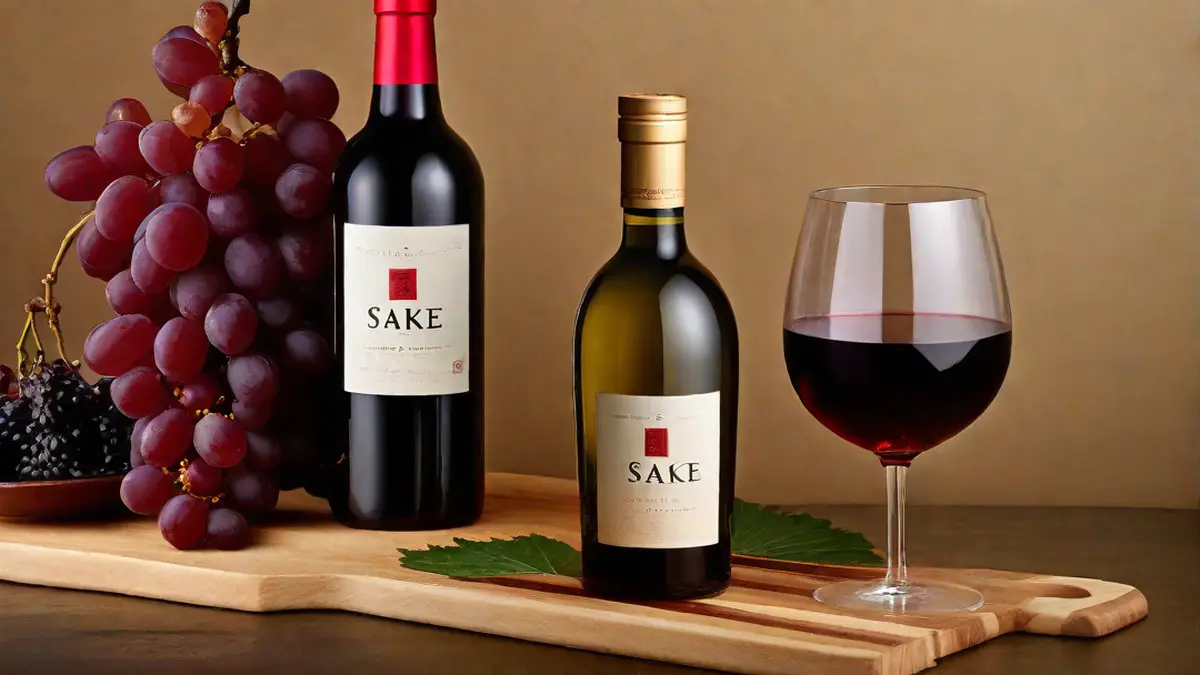Is Sake More Potent Than Wine?
As a wine enthusiast, I have always been fascinated by different types of alcoholic beverages and the unique characteristics they possess. Sake, a traditional Japanese rice wine, has always intrigued me. I often find myself wondering how it compares to the wines I am more familiar with. Today, I will delve deep into the world of sake and explore whether it is truly stronger than wine.
Before we compare the strength of sake and wine, it’s important to understand the alcohol content of each. Wine typically has an alcohol content ranging from 12% to 15%, although it can vary depending on the specific type and region. Sake, on the other hand, has an average alcohol content of around 15% to 20%, making it slightly stronger than most wines.
However, it’s crucial to note that alcohol content alone does not determine the overall strength of a beverage. The perceived strength of an alcoholic drink is also influenced by factors such as taste, texture, and the way it is consumed.
Sake has a unique taste profile that sets it apart from wine. It is often described as smooth, clean, and slightly sweet, with subtle fruity and floral notes. The texture of sake can vary from light and delicate to rich and full-bodied, depending on the brewing process and the type of rice used. This distinct taste and texture can give sake a perceived strength that surpasses its actual alcohol content.
On the other hand, wine encompasses a vast range of flavors and textures. From light and crisp whites to bold and robust reds, wine offers a diverse drinking experience. The taste and texture of wine can be influenced by factors such as grape variety, region, and winemaking techniques. This variety in flavors and textures adds to the complexity of wine and can affect how it is perceived in terms of strength.
When it comes to consumption, both sake and wine can be enjoyed in different ways. Sake is traditionally served in small cups called “ochoko” and is often enjoyed at room temperature or slightly warmed. This method of consumption allows the flavors of sake to shine and brings out its unique characteristics. On the other hand, wine is typically served in larger glasses and is enjoyed at different temperatures depending on the type of wine. The act of swirling, sniffing, and sipping wine enhances the overall experience and can alter the perception of its strength.
In conclusion, while sake may have a slightly higher alcohol content than most wines, the overall strength of a beverage is influenced by various factors such as taste, texture, and the way it is consumed. Both sake and wine offer distinct flavor profiles and drinking experiences that make them unique in their own ways. As a wine enthusiast, I appreciate the complexity and diversity of both sake and wine, and believe that their individual strengths lie in their ability to captivate our senses and create memorable moments.
